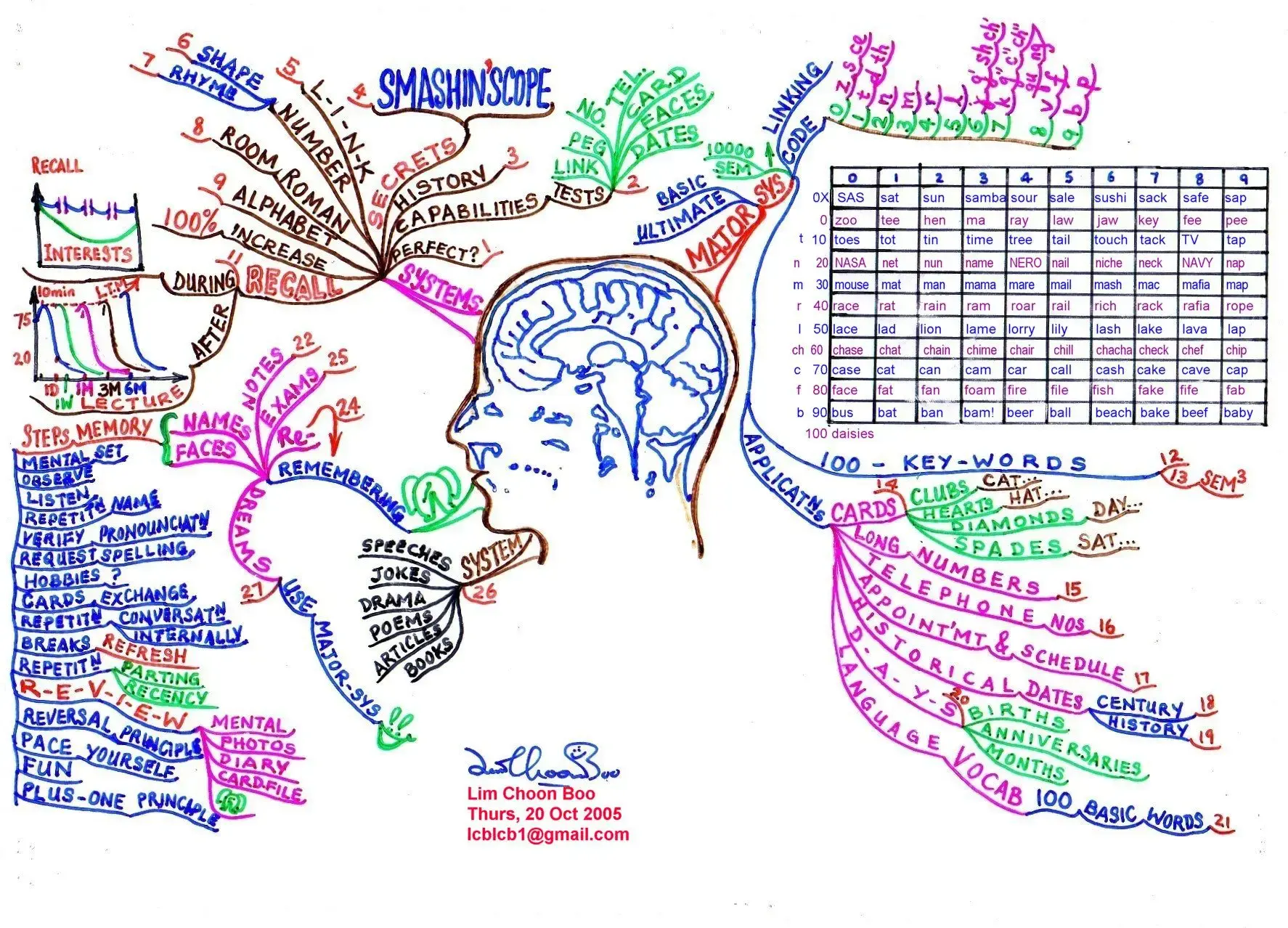Introduction
We’ve all heard about time management strategies, but have you ever considered using mind maps as a tool to enhance your productivity?
Mind mapping is a visual technique that can revolutionize how you organize your tasks, set priorities, and stay on top of your responsibilities.
Let’s explore how mind maps can transform your time management skills and why they might be the missing piece in your productivity puzzle.
Traditional Ways to Manage Time
When it comes to time management, most of us are familiar with traditional methods like making to-do lists, time blocking, and using the Eisenhower Matrix. These techniques have stood the test of time, helping people to prioritize tasks and manage their schedules.
Making To-Do Lists
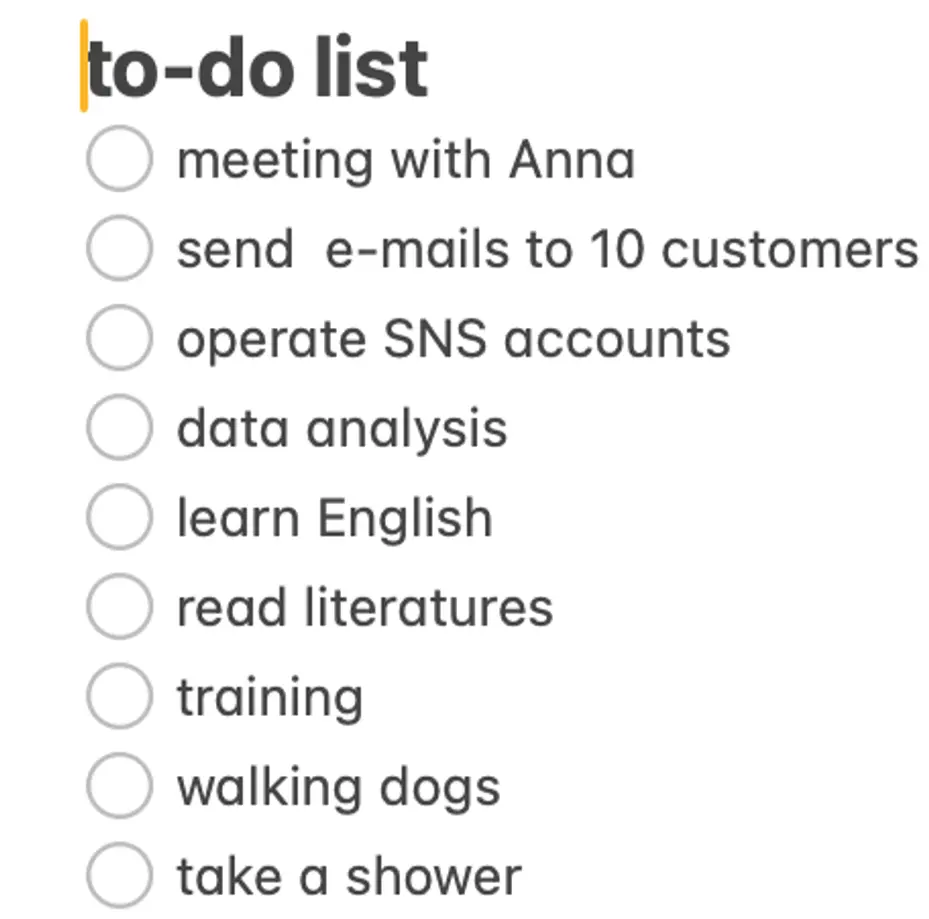
To-do lists are simple yet effective. They allow you to jot down everything that needs to be done, providing a clear overview of your tasks. However, these lists can sometimes become overwhelming, especially when they grow too long. It’s easy to lose track of priorities when everything is jumbled together in a linear list.
Time Blocking
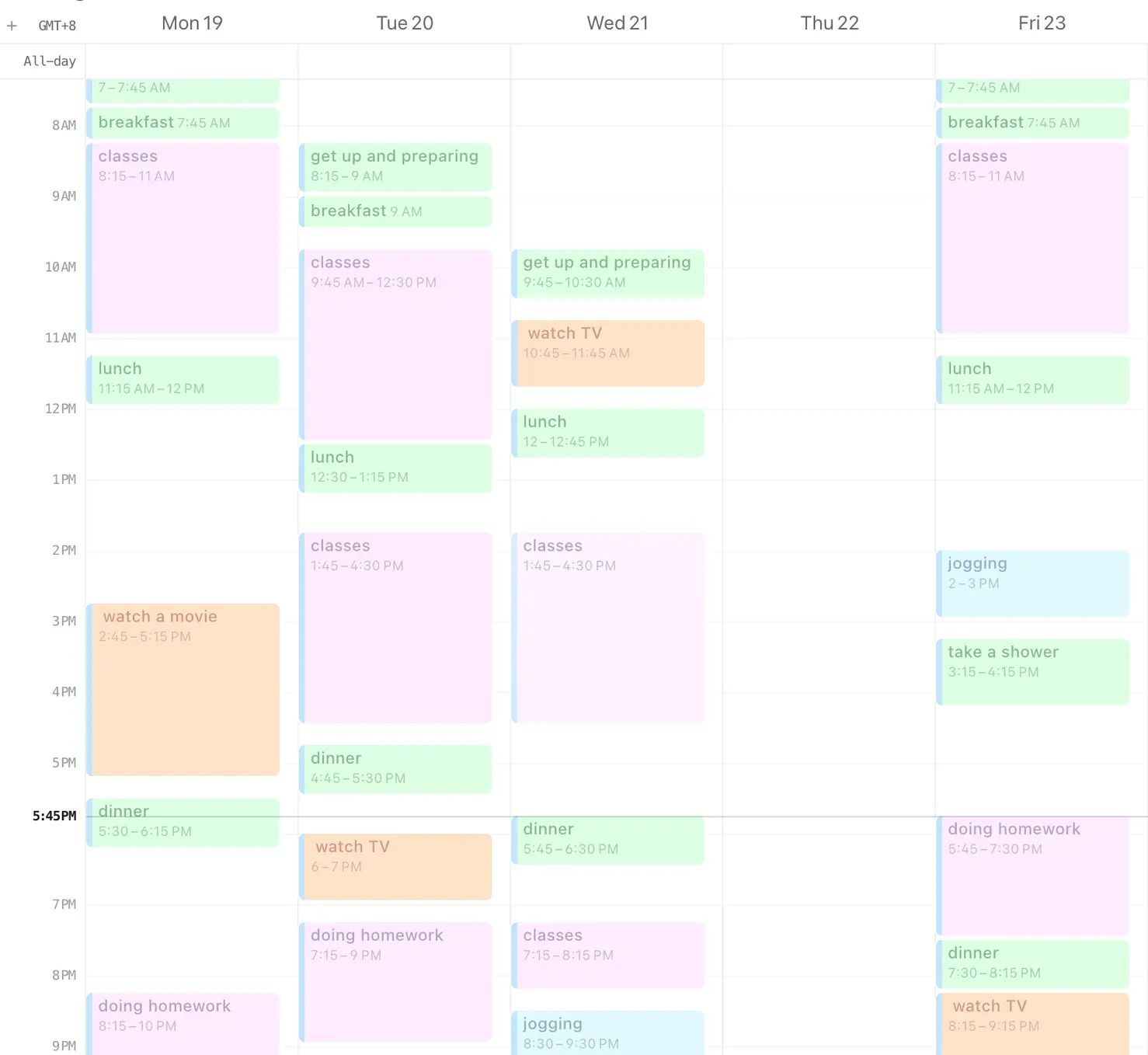
Time blocking involves breaking your day into chunks of time dedicated to specific tasks or activities. This method helps you focus on one task at a time, reducing the temptation to multitask. While time blocking is effective, it requires strict discipline and can be difficult to maintain when unexpected events disrupt your schedule.
Eisenhower Matrix
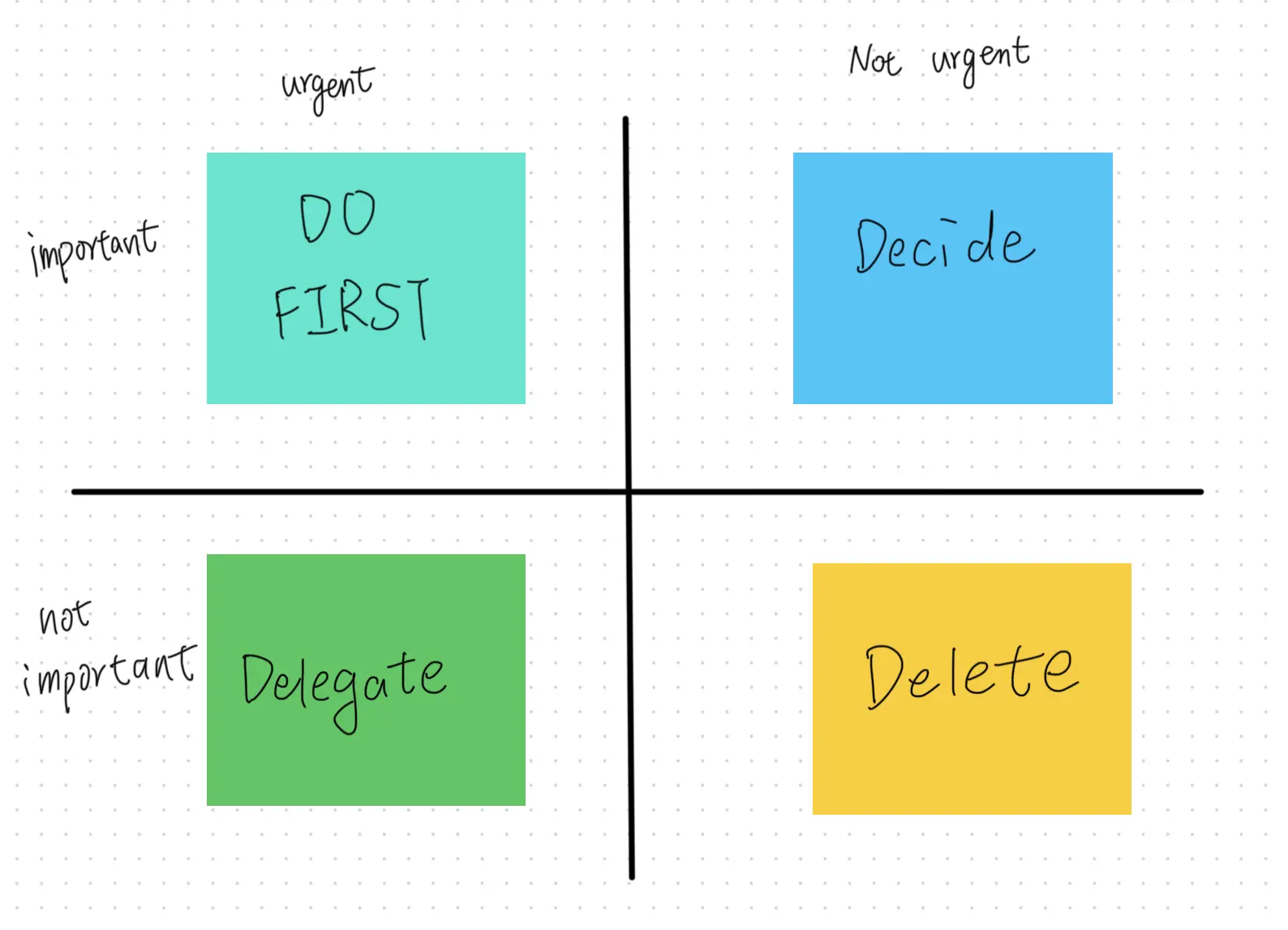
The Eisenhower Matrix is a decision-making tool that helps you prioritize tasks based on urgency and importance. By dividing tasks into four quadrants, you can identify what needs to be done immediately, what can be scheduled for later, what can be delegated, and what can be eliminated. This method is powerful, but it can be time-consuming to categorize tasks accurately.
While these traditional methods are helpful, they can sometimes feel rigid or restrictive. This is where mind maps come in, offering a more flexible and creative approach to time management.
Use Mind Maps to Manage Time
Mind maps are more than just pretty diagrams; they are a powerful tool that can help you manage your time more effectively. A mind map is a visual representation of information, where a central idea branches out into related subtopics, creating a web of interconnected ideas. When applied to time management, mind maps can help you organize tasks, prioritize them, and visualize the bigger picture.
What Can Mind Maps Do in Time Management?
Mind maps allow you to break down complex tasks into manageable chunks. You can start with a central theme, such as “Daily Plan,” and branch out into categories like “Work,” “Personal,” and “Health.” From there, you can further divide each category into specific tasks, deadlines, or goals. This hierarchical structure helps you see the relationships between tasks and how they contribute to your overall objectives.
Mind maps also make it easier to prioritize tasks. By visualizing everything in one place, you can quickly identify which tasks are most important and need immediate attention. The visual nature of mind maps engages both sides of your brain, making it easier to recall information and stay focused.
Advantages of Mind Maps
One of the biggest advantages of mind maps is their flexibility. Unlike linear to-do lists, mind maps allow you to rearrange tasks easily, add new ideas, or adjust priorities as needed. This adaptability makes mind maps a dynamic tool that can grow and evolve with your needs.
Mind maps also promote creativity. The act of branching out ideas and making connections stimulates your brain, encouraging you to think outside the box. This can lead to more innovative solutions for managing your time and tackling your tasks.
Another advantage is the ability to see the big picture. Mind maps provide a visual overview of all your tasks, making it easier to understand how everything fits together. This holistic view can reduce stress and give you a sense of control over your schedule.
Examples of Mind Maps in Time Management
Mind maps can be used in various ways to manage your time. Here are a few examples:
Daily Plan
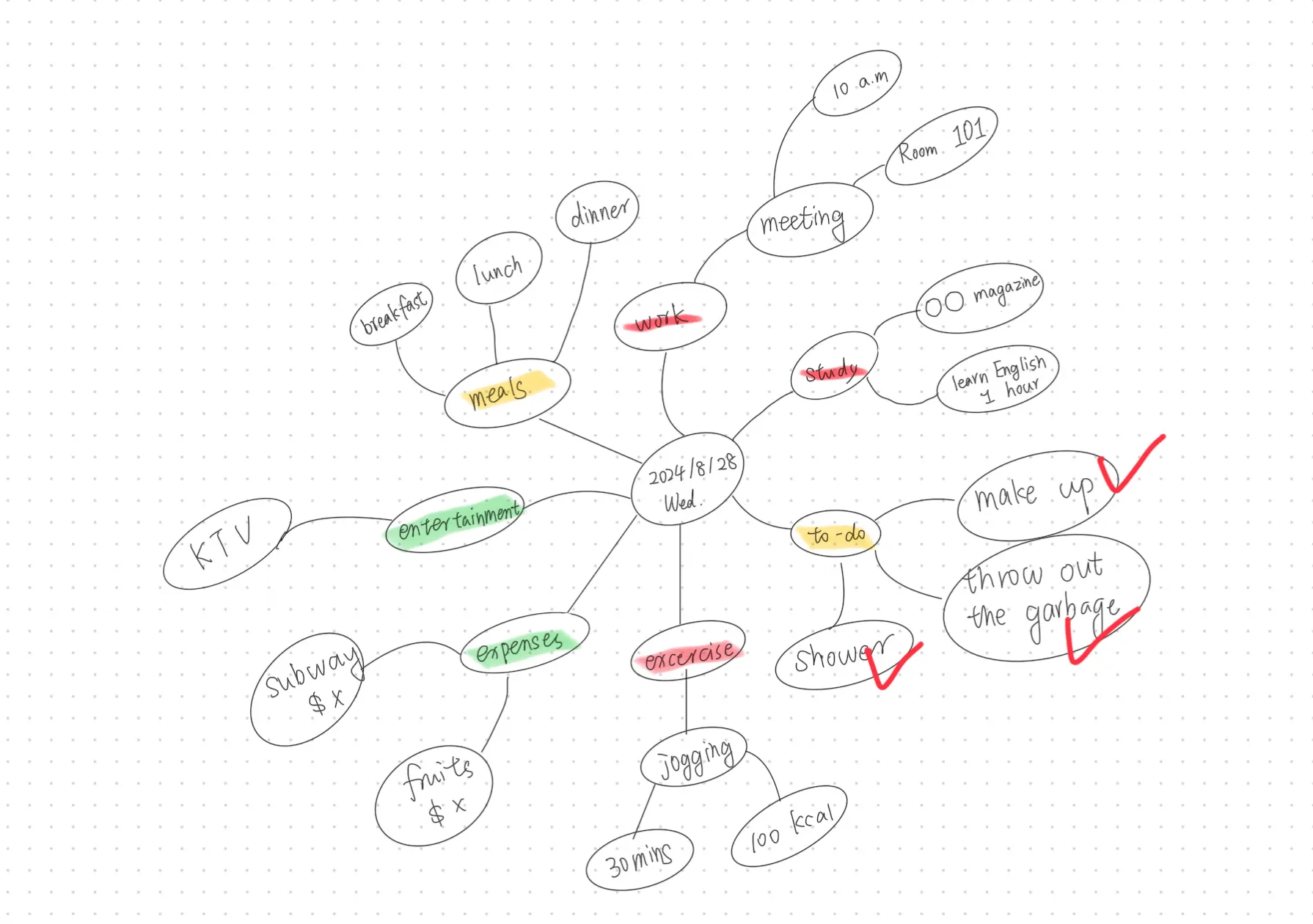
Start your day by creating a mind map with “Daily Plan” as the central node. Branch out into categories like “Work,” “Study,” and “Entertainment,” and then add specific tasks under each category. This helps you visualize your day and stay on track.
Monthly Plan
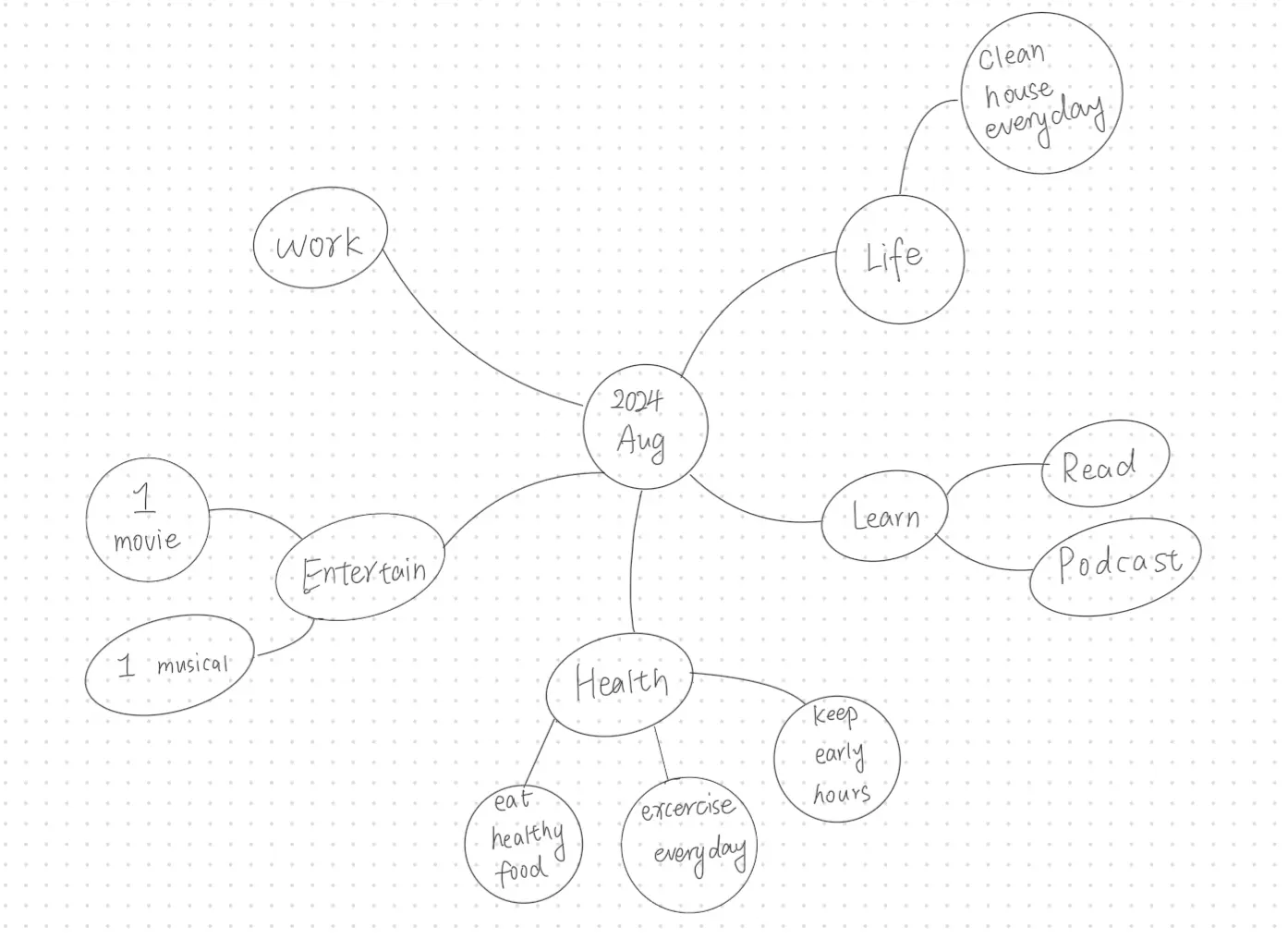
For long-term planning, create a mind map with “Monthly Plan” as the central theme. Divide the map into parts, and then break each part down into goals or tasks. This allows you to see how your monthly goals align with your activities.
Daily Timeline

A daily timeline mind map takes the concept of traditional mind maps and integrates a chronological layout, enabling you to visualize your time and tasks more effectively. By listing tasks under each hour, you can manage your time more precisely, stay focused, and ensure that you allocate enough time for each task. This approach turns your schedule into a clear, organized timeline, making it easier to track progress and hit your milestones.
If you’re new to mind mapping or find it challenging to create one from scratch, don’t worry—AI-based tools are here to help. These tools can take your to-do list and automatically generate a mind map, complete with categories and sub-tasks. Let’s take ResearchFlow as an example.
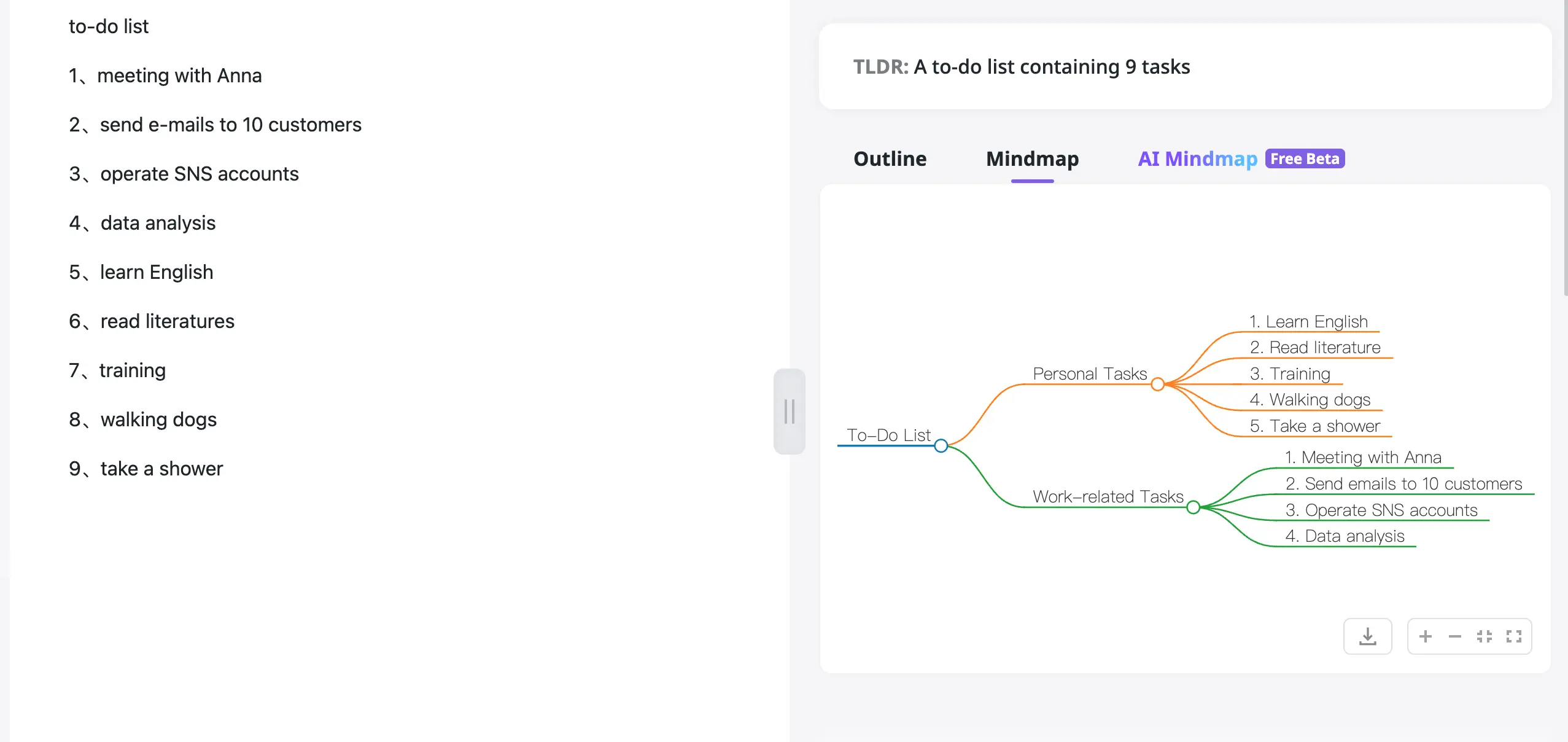
AI tools can analyze your tasks, group them into related categories, and even suggest priorities. This can save you time and help you create a mind map that is both effective and visually appealing. By letting AI do the heavy lifting, you can focus on executing your tasks rather than spending time organizing them.
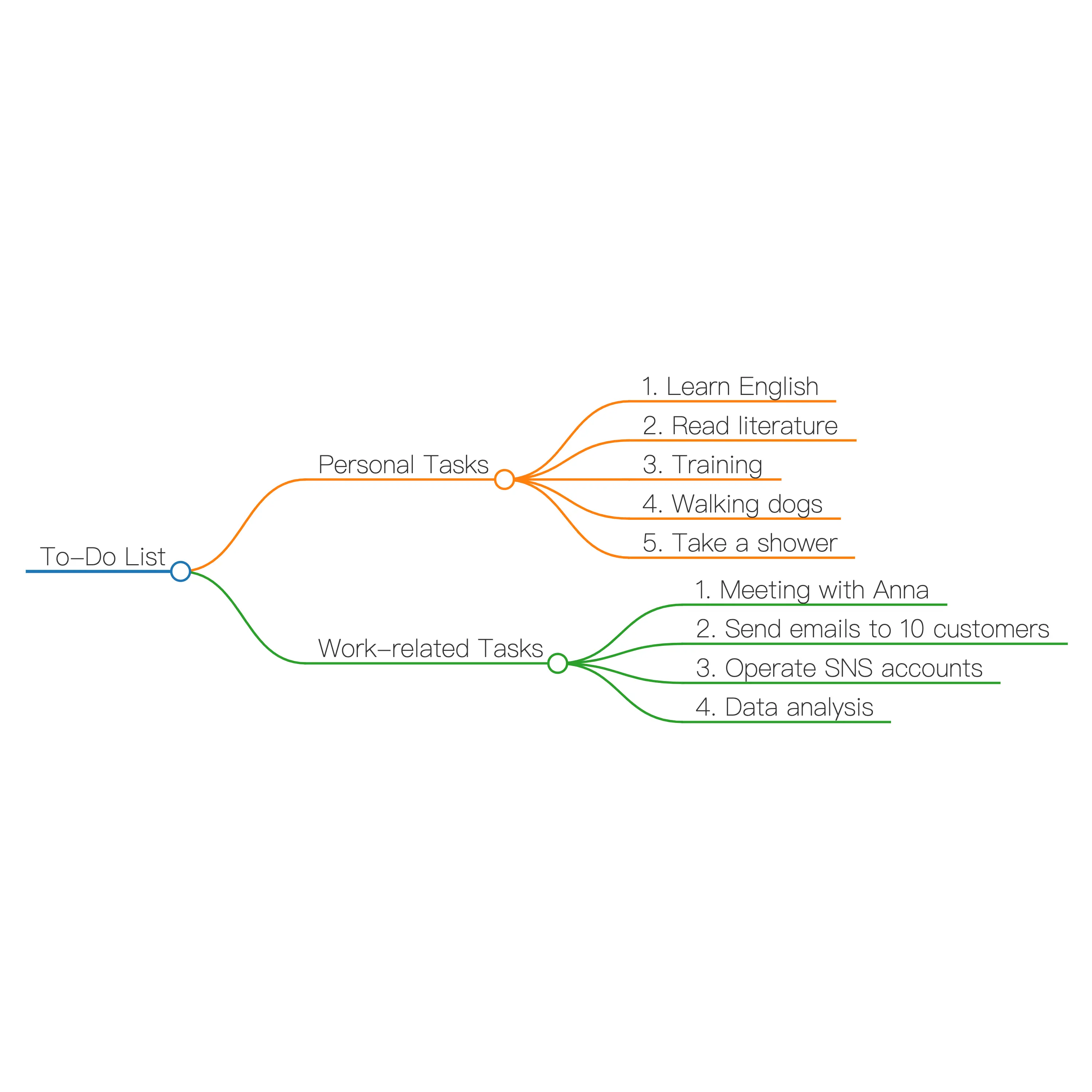
AI-based mind mapping tools also offer features like automatic updates, reminders, and integration with other productivity apps. This makes it easier to keep your mind map up-to-date and ensures that nothing falls through the cracks.
Conclusion
Mind maps are a versatile and powerful tool that can transform your time management skills. Whether you’re using them to plan your day, organize your week, or set long-term goals, mind maps offer a creative and flexible approach to managing your time. And with the help of AI-based tools, creating mind maps has never been easier. So, why stick to traditional methods when you can unlock the full potential of your productivity with mind maps? Give it a try and see how this simple yet effective technique can make a difference in your daily life.
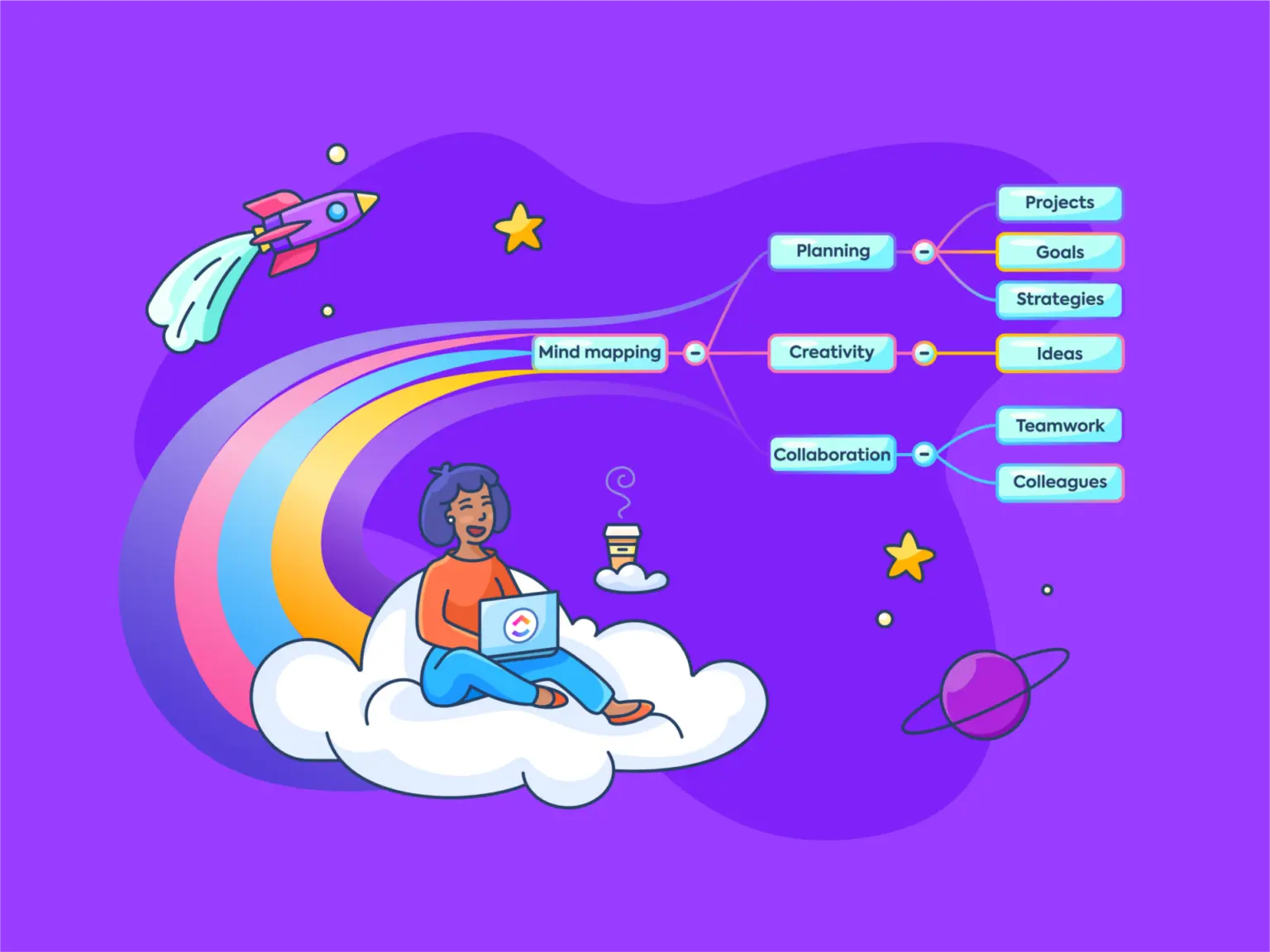

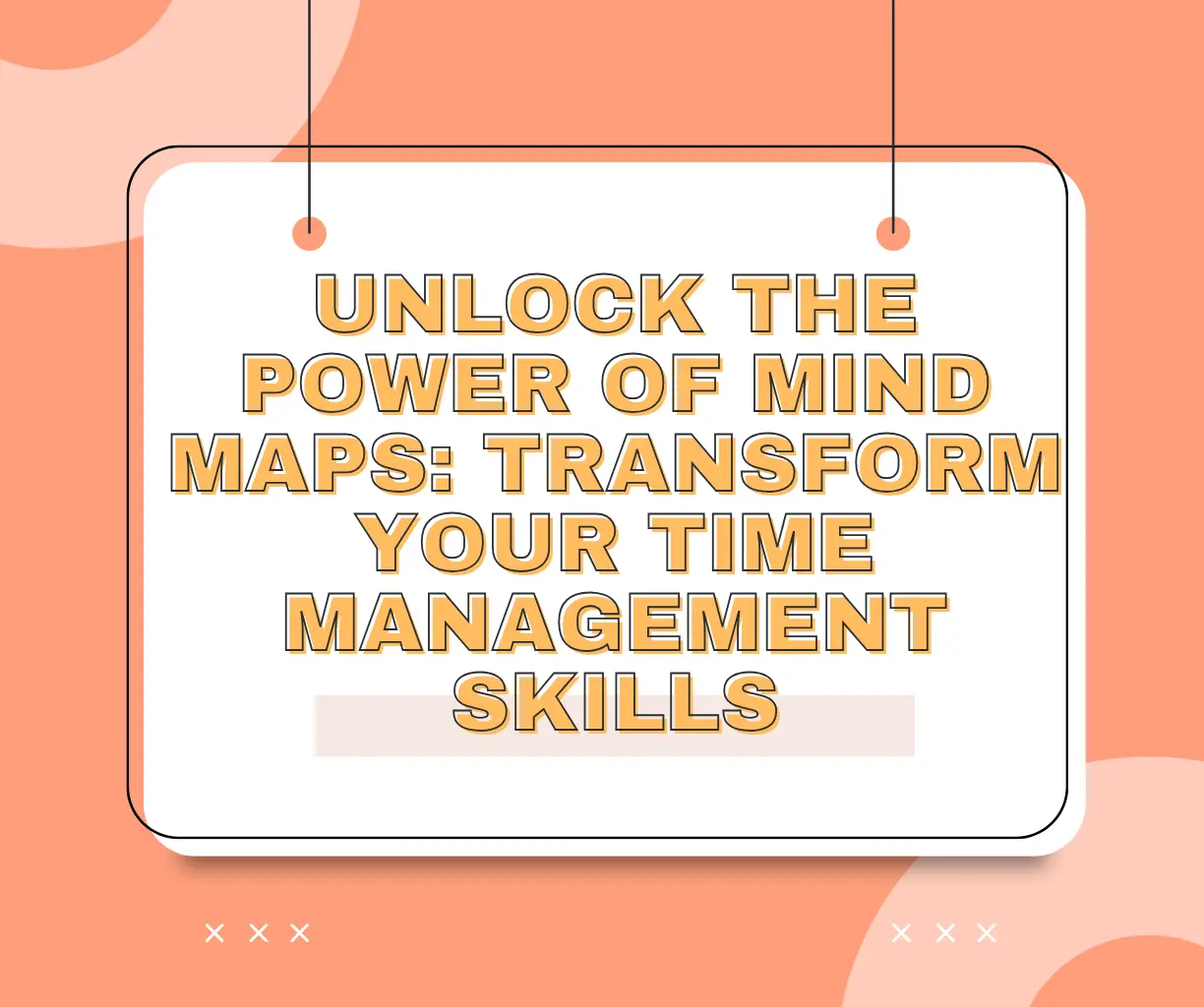








.C5FiwSKU_Z2vm2yk.webp)
